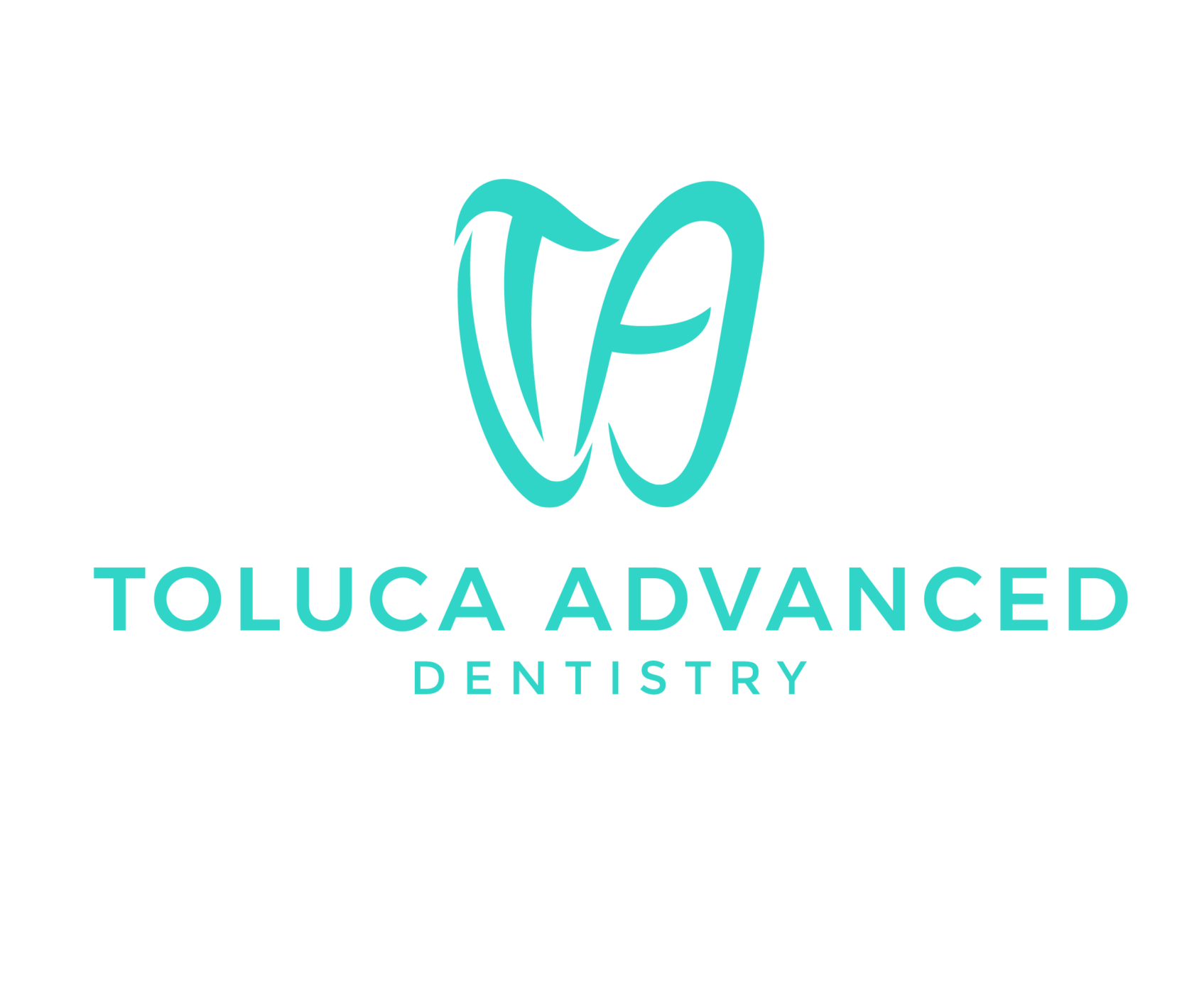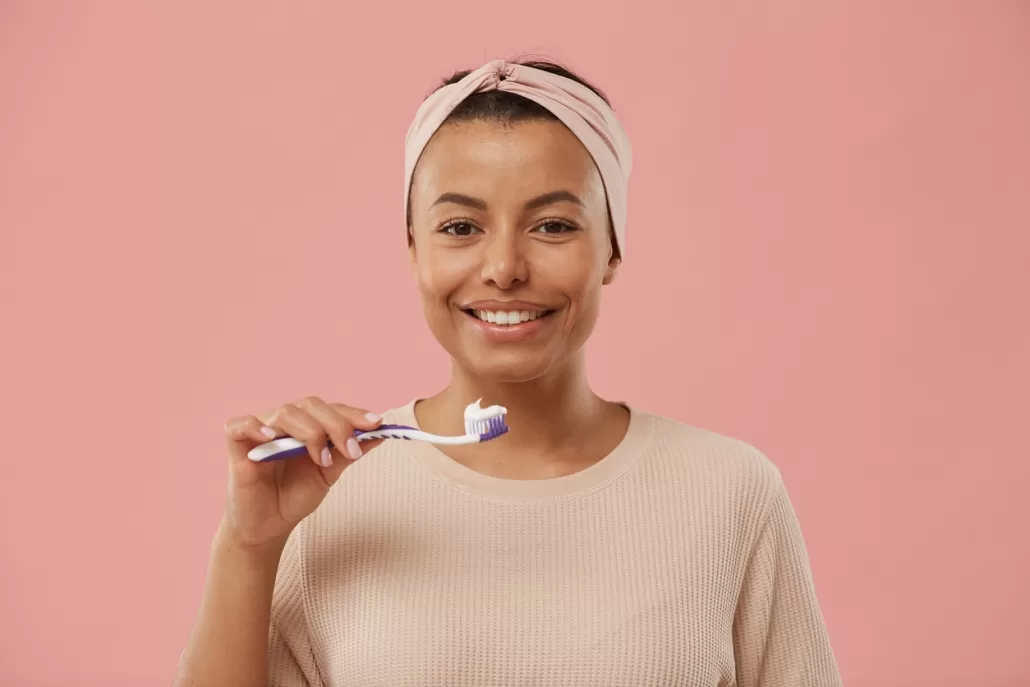Brushing is one of the most common health practices, but even if you brush regularly, it does not necessarily mean that you are doing it right. Inadequate brushing creates layers of germs and white matter that build up between the teeth and near the edge of the gums, called dental plaque, which causes plaque and tooth decay. Brushing too hard is also problematic because it scratches the tooth and damages the gum tissue, so that the tight connection between the gums and the teeth is lost, opening the way for more serious infection and damage to the gums.
In order to brush properly, you must follow the principles that we will mention in the rest of this article.
Brush your teeth more than you think is necessary: Research shows that most people who claim to brush their teeth for 2-3 minutes actually spend about half that time. Brushing thoroughly, whether using a hand-held toothbrush or an electric toothbrush, takes at least 2 minutes.
Brush properly: People often spend more time brushing their front teeth, and studies show that right-handed people brush their right side of the mouth and left-handed people brush the left side of their mouth less. Dentists recommend dividing the mouth into 4 sections and methodically brushing the upper right part, then the upper left part, then the lower right part, and finally the lower left part of the teeth. Of course, the most important thing about following the order of brushing is to brush each part of the teeth completely.
Use a toothbrush with soft hair and different heights: In general, soft toothbrushes are more suitable for the gums and teeth and usually work better in cleaning between the teeth.
Toothbrush companies often say in their advertisements about their toothbrushes that these toothbrushes have soft hair, but the definition of these companies is different from softness, so you need to try the toothbrush yourself. In the past, toothbrushes were made to have the same height of hair, but now toothbrushes usually have hair of different heights. With this new design, cleaning between the teeth and the groove between the teeth and gums is better.
Change your toothbrush every 3 months: When toothbrush bristles are curled, their efficiency decreases. Older toothbrushes, on the other hand, are more likely to contain oral bacteria, and every time you brush, you bring those bacteria back into your mouth, so you should throw away your toothbrush every 3 months and buy a new one.
The effect of non-electric and electric toothbrushes is the same: Many studies have shown that regular hand-held toothbrushes are just as effective as electric toothbrushes. Of course, electric toothbrushes may be better at cleaning between teeth. It may be easier for older people to use an electric toothbrush because their strength and skill are reduced. The handle of the electric toothbrush is bigger and easier to hold, and the automatic movement of the toothbrush also makes brushing easier. You do not need to use luxury and expensive models of electric toothbrushes. An inexpensive battery-powered toothbrush will suffice. The important thing is to brush properly. If you do it right, your regular hand toothbrush will keep your teeth healthy.
If your brushing method works, continue the same method: Various studies have been done on the most effective brushing method and different methods have been called the best brushing methods, including the “bass” method, which means brushing at a 45 degree angle with a short oscillating motion of the toothbrush, the “modified bass” method, the “von” method, which means rotating the toothbrush. “Charter” means brushing at a 90-degree angle and pressing the toothbrush against the teeth, and finally the “Leonard” method means brushing with a simple up and down motion, which most of us have learned since childhood. The general recommendation is that if you get good results from one brushing method, it is better to continue the same method. Otherwise, it is best to consult your dentist about this.
Do not skimp on flossing: Flossing is a simple piece of floss that is sometimes fragrant and often waxed. When you wrap about 45 cm of this floss around your fingers, you have a powerful tool that can help prevent tooth decay and be good for your overall health.
Brushing, especially by hand, cannot completely clean the teeth. Electric toothbrushes may work better in this regard, but even they do not eliminate the need for flossing. Getting used to flossing can be difficult, especially for people who are just used to brushing, but you need to set aside enough time to brush and floss. Flossing removes food particles that get stuck between your teeth and under your gums that the toothbrush can’t reach. If these food particles are not removed, bacterial buildup on them can cause tooth decay, bad breath and gum disease. Note that gum disease is an inflammatory disorder that can lead to major problems throughout the body.
Recent studies show that there is a link between advanced gum disease and diabetes, heart disease, Alzheimer’s disease and gastric cancer, although more research is needed.
If you want to maintain ideal oral hygiene, you should floss after every meal, in which case you will have a completely clean mouth, but achieving this may not be practical for most people, so you should at least once a day, preferably at bedtime. Do not floss in the morning. When you sleep, saliva flow is very low, so for people who sleep for 7 to 8 hours, rinsing the mouth bacteria during sleep is reduced. Dentists recommend that you spend at least 2 minutes brushing, and if you floss, you should spend an extra minute.


